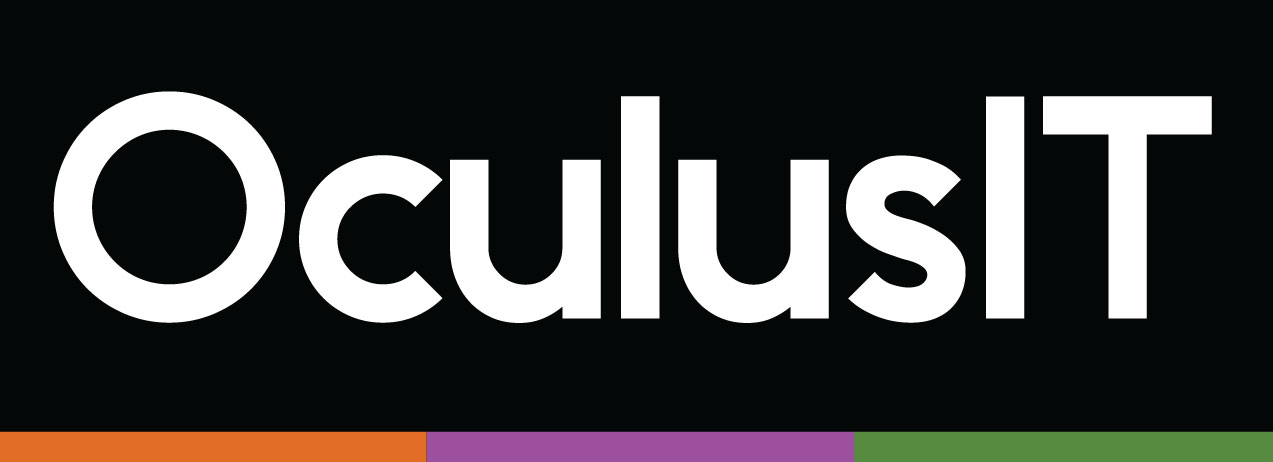Balancing Innovation with Compliance: Risk Assessments and Identity Management for Universities
Balancing Innovation with Compliance: Risk Assessments and Identity Management for Universities Reading time: 4 Minutes As universities embrace the future of digital transformation, the importance of protecting sensitive data and adhering to compliance standards cannot be overstated—especially as we approach Data Privacy Day. In an era where cyber threats are evolving day by day, institutions must also address rising compliance and regulatory requirements. Targeting the right balance between driving technological advancements and maintaining compliance is a critical challenge for universities, particularly in the areas of risk assessments and identity management. The Challenge of Balancing Innovation and Compliance As digital technologies like cloud computing, artificial intelligence, and remote learning platforms become integral to higher education, universities face increasing complexities in protecting sensitive data. The growth of global regulations, including the Gramm Leach Bliley Act (GLBA) and General Data Protection Regulation (GDPR), requires higher education institutions to become more diligent with ensuring their schools are still compliant with the ever-changing landscape. Compliance Assessments in Higher Education Conducting compliance assessments is essential in measuring cyber security maturity and identifying gaps in data security safeguards. These assessments help institutions identify vulnerabilities, address potential threats, plan IT projects and budget, and are a required component of regulations like GLBA. Key components of effective risk assessments include: Controls Inventory: Catalog current safeguards and identify control gaps. Policy Reviews: Review current policies and policy gaps pertaining to regulations and best practice. Procedural Assessments: Identify procedures necessary for good cyber hygiene, like Data Classification and Access Reviews. Analyzing Threats: Recognizing potential cyber threats and attack vectors. Assessing Impact: Evaluating the consequences of breaches or non-compliance. Risk Assessment: Building a risk assessment and mitigation strategy. Implementing Mitigation Plans: Strengthening defenses through encryption, network monitoring, and incident response planning. Regular and proactive risk assessments provide universities with actionable insights to stay ahead of threats and regulatory changes. Identity Management: Securing the Frontlines Identity management plays a key role in safeguarding sensitive information. Effectively managing user access across diverse and increasingly complex digital platforms is both challenging and crucial to maintaining data security. Key solutions include: Single Sign-On (SSO): Simplify access with one-click authentication across multiple platforms. Multi-Factor Authentication (MFA): Add a vital security layer to prevent breaches from compromised credentials. Self-Service Password Manager: Enable users to reset passwords independently, reducing IT workload. User Self-Registration: Automate onboarding for a secure, streamlined experience. Automated Provisioning: Manage user identities in real time to simplify onboarding, offboarding, and access updates. Privileged Access Management and Access Reviews: Catalog your privileged accounts and regularly review access requirements and account lifecycles. A well-implemented identity management framework increases trust, supports academic and operational efficiency, and lays the foundation for future technological advancements in higher education. Empowering Data Privacy Through Education Data privacy isn’t just about technology—it’s about people and their behaviors. Universities must prioritize training to ensure that faculty, staff, and students understand how to keep data safe. Here are key areas to focus on: Phishing Awareness: Educate users to recognize suspicious emails and avoid clicking on malicious links. Password Hygiene: Encourage strong, unique passwords and regular updates to reduce vulnerabilities. Data Sharing Practices: Provide guidelines on safely sharing information and avoiding oversharing on unsecured platforms. Device Security: Promote practices like enabling screen locks, updating software regularly, and avoiding public Wi-Fi for sensitive tasks. Incident Reporting: Train users on how to report potential security incidents promptly to minimize damage. By fostering a culture of data privacy awareness, universities can significantly enhance their security posture while empowering individuals to take responsibility for protecting sensitive information. Data Privacy Day: A Call to Action As we mark Data Privacy Day this year, it’s an ideal opportunity for higher education institutions to reflect on their data protection strategies. This global initiative highlights the need for responsible data management and emphasizes the importance of protecting personal information. Universities can use this opportunity to raise awareness, conduct risk assessments, and refine their identity management protocols. How OculusIT Can Help At OculusIT, we understand the unique challenges higher education institutions face in managing data security and compliance. Our tailored solutions for risk assessments and identity management empower universities to innovate securely while meeting regulatory demands. With services designed to protect sensitive information and streamline IT operations, we help institutions focus on their core mission of academic excellence. Let this Data Privacy Day inspire action—contact us today to explore how we can support your institution’s cybersecurity journey.











